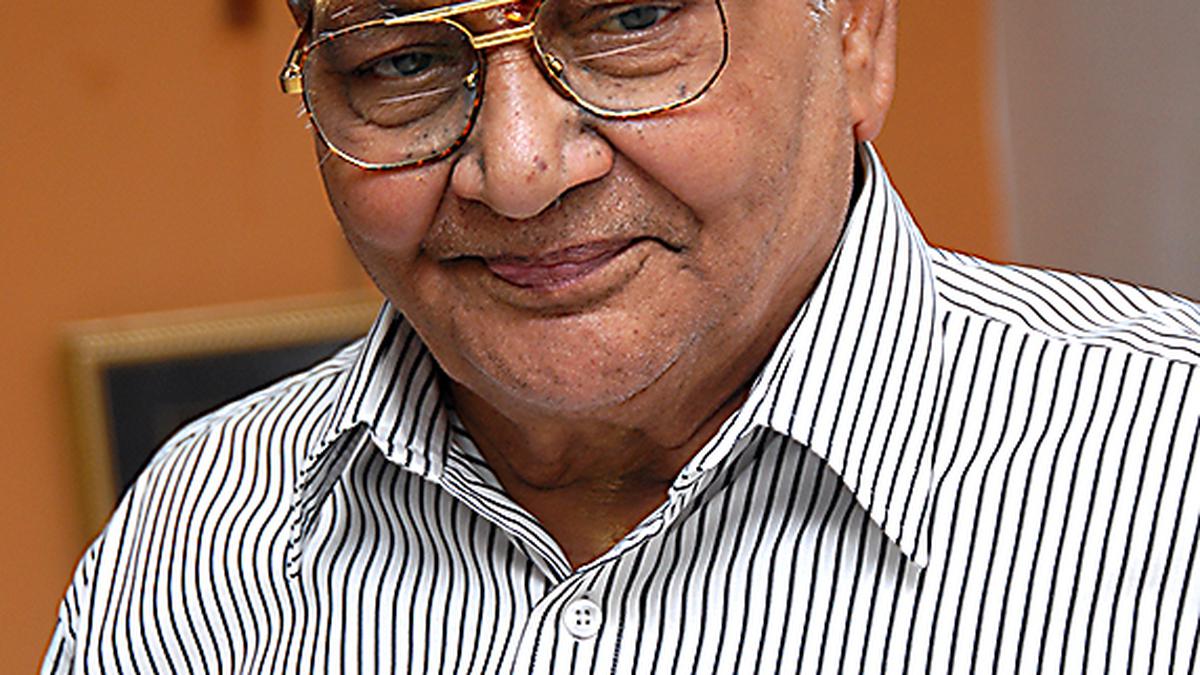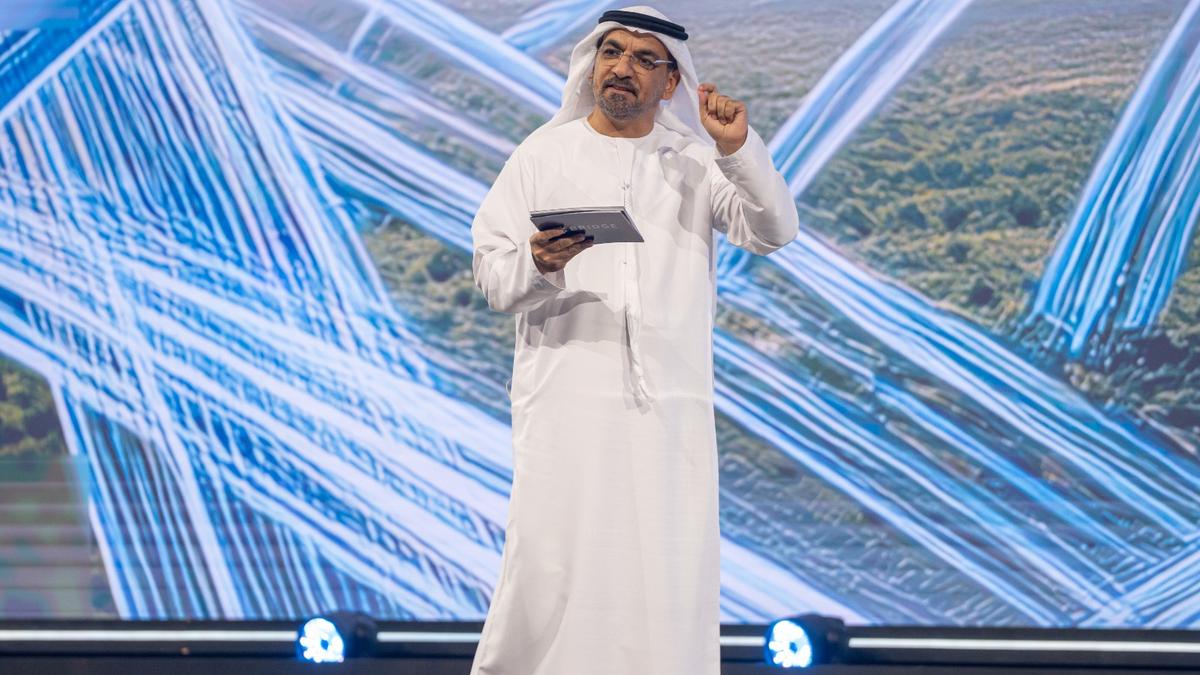A Tholu Bommalata crafts on display at DWCRA Bazaar at Andhra University Engineering Grounds in Visakhapatnam
| Photo Credit: KR Deepak
Andhra Pradesh boasts many craft clusters that provide a livelihood to thousands of families. The DWCRA Bazaar at AU Engineering Grounds had stalls featuring several of them, among which two traditional crafts of the State – Narsapur lace and Tholu Bommalata, stood out.
Threads of imagination
J Laxmi Sudha was introduced to crochet at the age of 11 by her mother. Much before that, she remembers watching her mother and grandmother effortlessly knit after completing kitchen chores in the morning. Prabhavati is from Narsapur, a small town in the West Godavari district of Andhra Pradesh, known for its crochet lace works.
A craftswomen showing her creations at the stall of Narsapur lace at DWCRA Bazaar at AU Engineering Grounds in Visakhapatnam
| Photo Credit:
KR Deepak
According to history chroniclers of the region, the origin of Narsapur lace can be traced back to over a 100 years. Irish missionaries arrived in the Godavari region in the 1800s and introduced the technique among the locals.
Over the years, the Narsapur lace has traveled across shores to cater to the growing demand in Europe and the USA. Today, the crochet lace cluster has spread around Narsapur to other areas of East and West Godavari.
“I started off my making small table mats. Now I can comfortably make elaborate designs. There is also a demand for frocks; but the task is time-consuming,” says Sudha. She is part of a cooperative society called Crochet Lace Park, which provides support through training and design intervention.
Table cloths, coasters, cushion covers, apparel, phone covers and more were displayed at the stall with fine handwoven crochet work in pastel shades with the occasional splash of bright colours. The women of Narsapur crochet at home during their free time. They receive orders from middle men on behalf of exporters.
In the recent past, Chinese machine-made lace has taken a toll on the Narsapur handicraft industry. Compounding their woes, the pandemic disrupted exports. With the European markets opening up this year, the demand for Narsapur crochet lace has picked up again.
Breathing life into leather
At the Nimmalakunta village in Dharmavaram mandal of Andhra Pradesh’s East Godavari district, a leather puppetry performance lights up the evening at a temple premises. The translucent leather puppets are projected on a screen while a puppeteer handles them from behind and narrates a story from Ramayana. This is the art of Tholu Bommalata (dance of leather puppets) which dates back to the 3rd Century BC.
A Tholu Bommalata craftsman making a design with bamboo nib and black ink on goat skin leather at DWCRA Bazaar at Andhra University Engineering Grounds in Visakhapatnam
| Photo Credit:
KR Deepak
The village Nimmalakunta (that got a geographical indication tag in 2008 for leather puppetry) is home to over 60 families involved in making leather puppets. “Shadow puppetry has been used as a medium to spread awareness about social and moral values through stories from the Ramayana and Mahabharata for centuries,” says S Srinivas, a puppeteer. He is in Visakhapatnam to display his works at the DWCRA Bazaar.
Srinivas is the nephew of 86-year-old Dalavai Chalapathi Rao, a Padma Shri awardee. He recalls the joy in the family when they came to know that his uncle was selected for the award in 2020. “I grew up seeing my father and grandfather earn a living through puppet shows, which was our only source of income. The whole family would make leather puppets while male members would travel from one village to another for puppet shows,” says Srinivas. The process of making leather puppets is time-consuming and requires an eye for detail. Craftspeople procure goat or sheep leather from local butchers and some are also brought from Pune to be processed.
The craft has undergone many changes in the last few decades. From puppets, the designs changed to suit the contemporary times. At his stall while there were mythological themes that continue to dominate the products like lampshades and wall hangings, floral themes have seeped into the designs.
In the past two years, the craftspeople have ventured into online workshops and marketing their products through online spaces and also work on orders received through WhatsApp.



.jpg)


